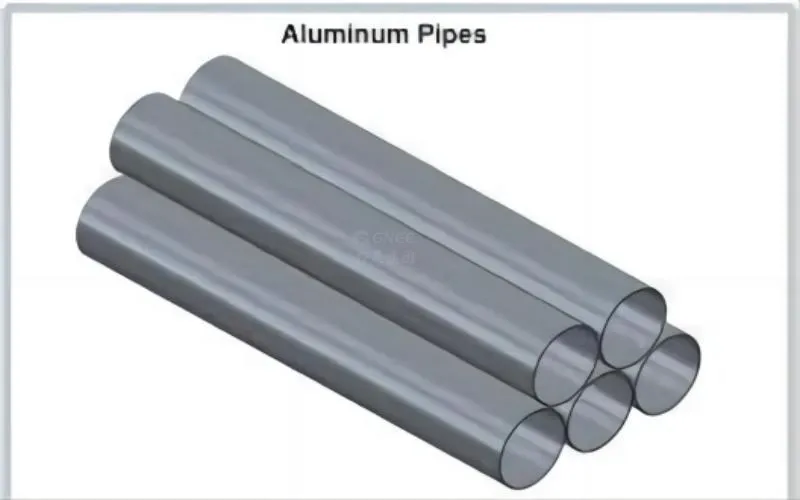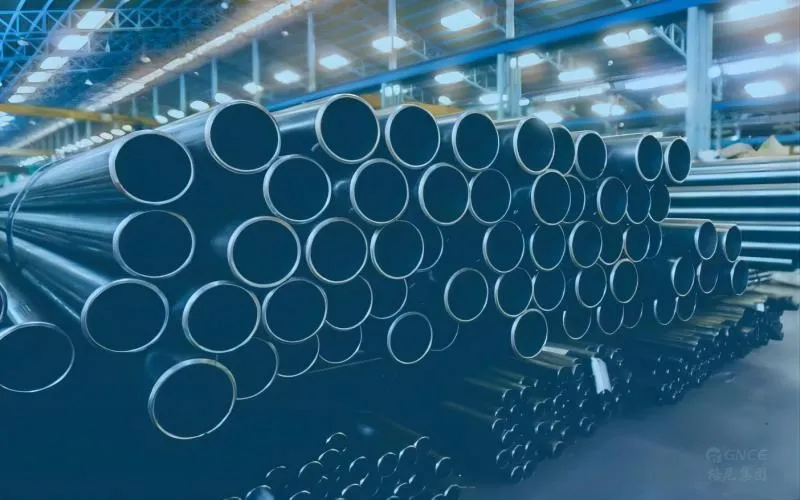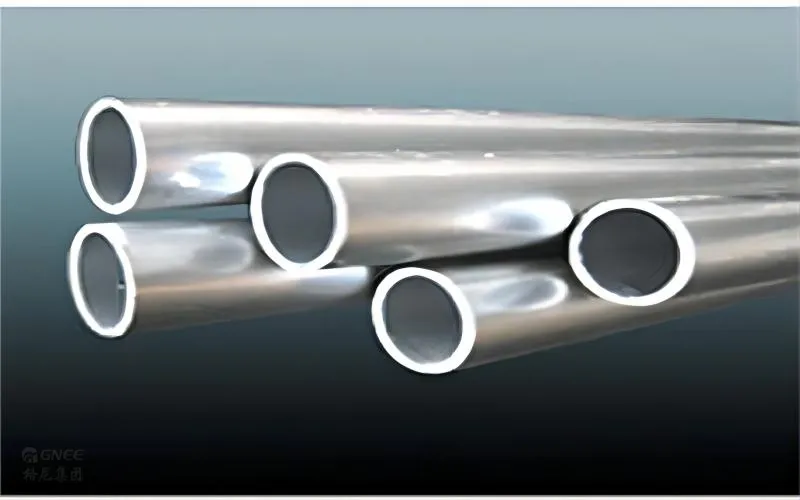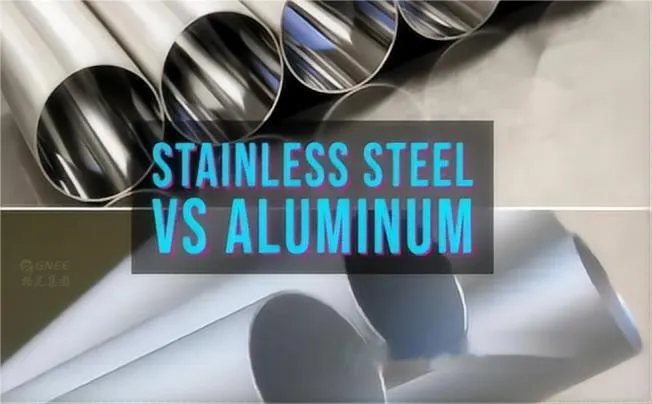What is the Aluminium Pipe?
Aluminium is a lightweight, corrosion-resistant metal that is used to make pipes, which are referred to as aluminium pipes. Due to its special characteristics, aluminium pipes are frequently utilised in a variety of applications. They are frequently employed in the building of structures like window and door frames, building facades, and ventilation and air-conditioning systems. In the transportation sector, aluminium pipes are also employed in applications including fuel lines and air intake systems. Additionally, aluminium pipes are used in compressed air systems because of their lightweight design and ability to resist corrosion. Overall, aluminium pipes have benefits like longevity, a high strength-to-weight ratio, and corrosion resistance, making them a flexible option for a variety of applications.

What is a Stainless Steel Pipe?
Stainless steel pipe is a hollow, long, round piece of steel that is widely utilized in petroleum, chemical, medical, food, light industrial, and other areas. It has a variety of uses in the national economy and is a significant product in the steel industry. The two most popular materials used to make these pipes are 201 and 304.

What is the difference between aluminium pipe and stainless steel pipe?
Aluminium and stainless steel pipes differ greatly from one another. The most noticeable is the price difference between stainless steel and aluminium pipes. However, stainless steel pipes can also be utilised for a longer period because they last longer than aluminium pipes. Although less expensive than stainless steel pipes, aluminium pipes do not last as long. For instance, stainless steel pipes have a life expectancy of roughly 50 years compared to aluminium pipes’ lifespan of about 10.
Aluminium pipes have some drawbacks, including the fact that hot water does not function well with them since the material expands when heated, perhaps leading to system leaks over time; there are also concerns regarding how aluminium may occasionally interact with specific chemicals. Corrosive interactions between substances result in corrosion.

Choose Aluminium Pipe or Stainless Steel Pipe
1. CONDUCTIVITY
Aluminium is a powerful conductor, and the best aluminium alloy is 1000 series. Busbar conductors and other items are produced using this series.
2. WEIGHT
Aluminium weighs three times as much by volume as steel. Depending on your needs, you can decide if this is good or harmful. By default, heavier metals are typically stronger.
Aluminium will be easier to employ if your application is consumer- or lightweight (such as kitchen appliances, medical equipment, or aerospace). Stainless steel is an excellent option if your application is structural or otherwise weight-independent.
3. STRENGTH
As was already established, the increased strength of stainless steel is accompanied by an increase in weight. Steel is less prone to bow or give way under strain than aluminium and can resist higher shocks, stresses, and pressures.
High-carbon steel is harder and stronger than low-carbon steel, and increasing chromium and molybdenum levels also contribute to total strength, which further increases the strength of stainless steel.
4. DURABILITY
Not only is stainless steel stronger than aluminium, it’s also more durable. It may be utilised in extremely corrosive settings and is less prone to scratches. The steel’s outstanding endurance is also attributed to its higher chromium and molybdenum concentration.
However, despite careful machining, aluminium corrodes significantly more quickly and cannot handle high-stress conditions or applications. In addition to degrading aesthetics, corrosion and oxidation can result in hazardous structural flaws.
5. SECONDARY OPERATIONS
In general, steel is easier to weld and produces a more uniform joint than aluminium. Steel can be welded with standard equipment and doesn’t require much expertise. Aluminium welding is more difficult and demands greater expertise.
Heat-treating stainless steel is also simpler. Some aluminium alloys can be heat treated, but you should pick the proper alloy first.
6. COST
A pound of steel costs substantially less than a pound of aluminium. Aluminium uses more material per pound than steel since it is lighter than steel. This indicates that a pound of aluminium can produce more units than a pound of steel. The costs may be equal per unit produced, yet it’s also feasible that aluminium will wind up being more expensive due to the cost of the raw materials. In your final cost analysis, you should also take alloy type into account.

Conclusion
You can use the steps below as a guide when choosing your supplies.
Step 1: Determine the type of pipe you need to choose.
Step 2: Take the cost and accessibility of the materials into account.
Step 3: Recognize the advantages and disadvantages of each kind of pipe.
Step 4: Choose based on your needs and preferences.
Step 5: Take into account any additional elements that are significant to you, such as robustness or beauty.


